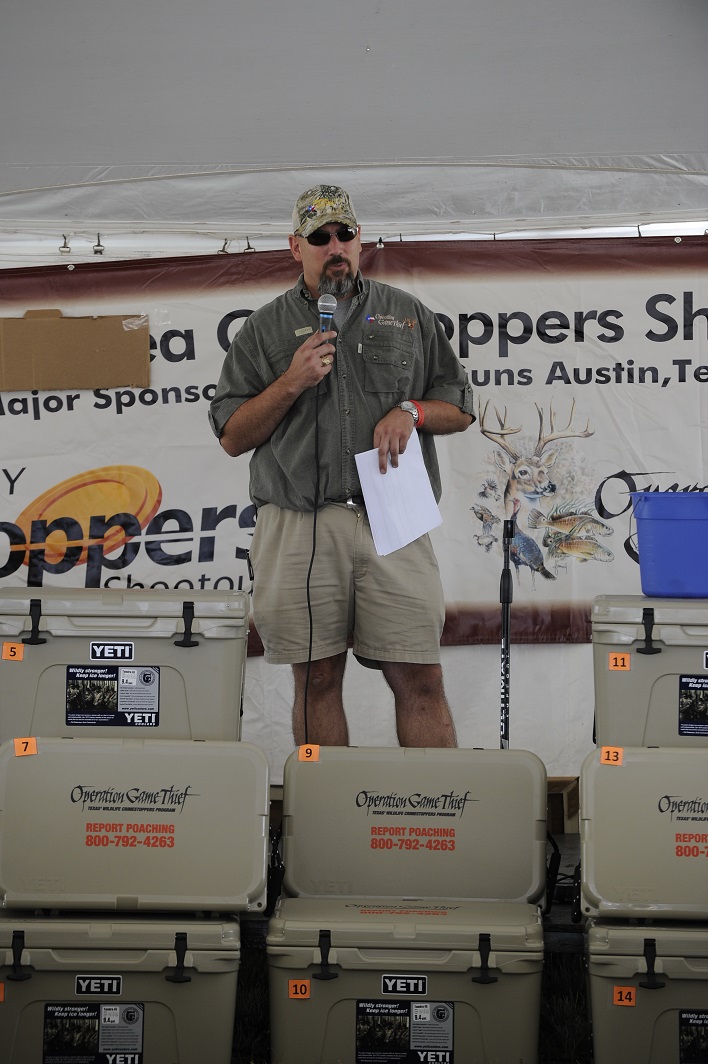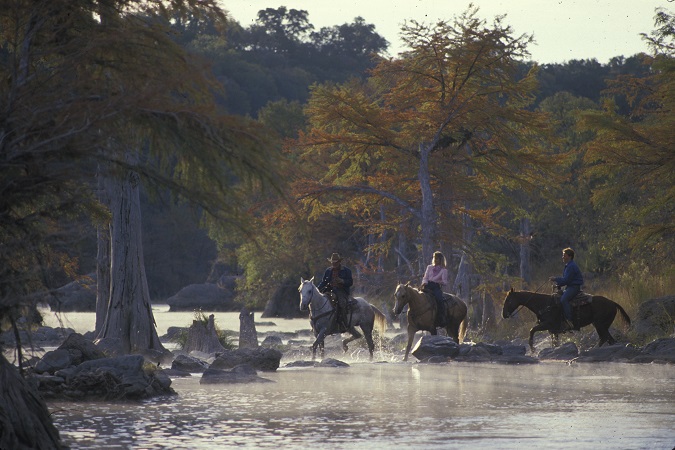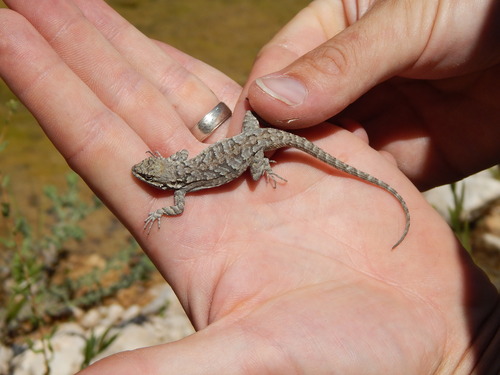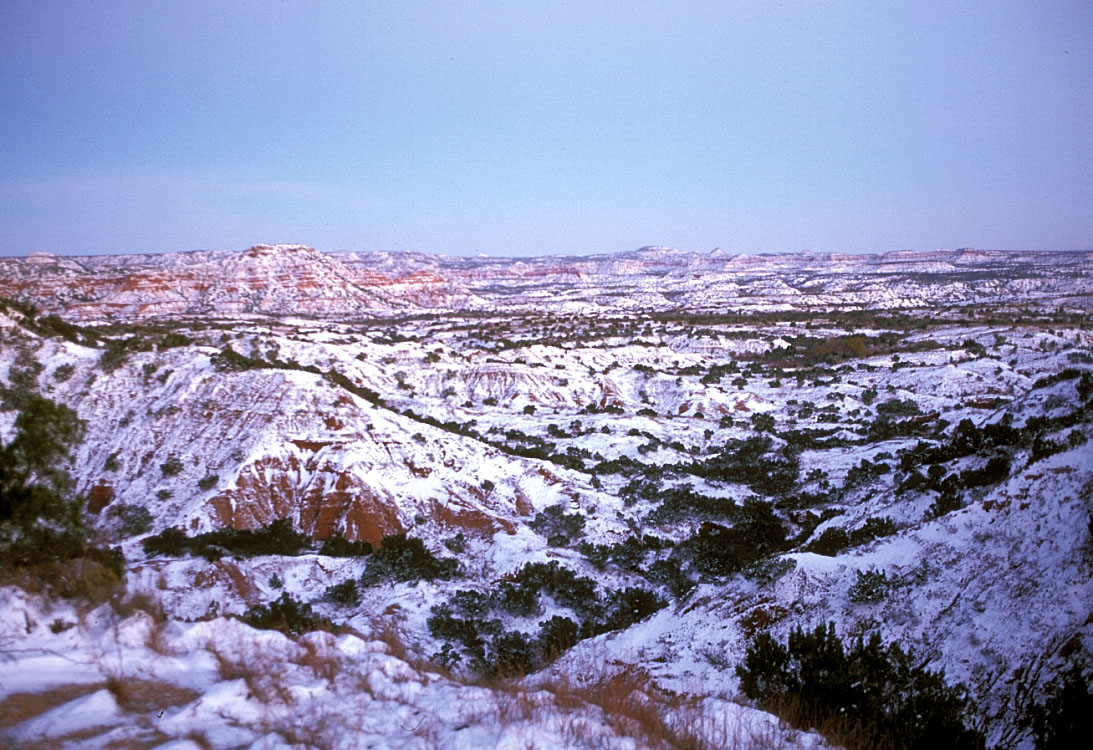Game Wardens: Operation Game Thief
Friday, January 10th, 2014This is Passport to Texas
Since 1981, Operation Game Thief has been protecting Texas’ natural resources with the help of the public that calls in with tips.
13—When our game wardens respond, and they can catch the individual, and make the arrest by citation—or physically take them to jail—upon their conviction, that individual can be eligible for a reward payment of us to one thousand dollars.
Eric Howard, Operation Game Thief program coordinator, says most people who call the Crime Stoppers-like hotline aren’t interested in a reward.
17—It’s more just pride—love of Texas’ natural resources. When a person calls in, they’re asked, do they want a reward. About 60-65% will say no, they’re just calling ion because they see something that they know isn’t right and they just want it stopped.
Warden Howard tells us about an incident in which a man captured two hawks in Laredo and transported them to North Carolina.
21—Someone contacted the Operation Game Thief hotline number, and a Game Warden responded through a very lengthy investigation—not only through Texas Parks and Wildlife—but the USFWS, and NC Fish and game Service. It was determined that the person did not have a license, was not permitted to have the hawks and was not any kind of falconer.
And that made the trapping and transport illegal. Learn more about Operation Game Thief, and find the hotline number on the Texas parks and Wildlife website.
That’s our show…Funding provided in part by Ram Trucks. Guts. Glory. Ram…
For Texas Parks and Wildlife…I’m Cecilia Nasti.






 Passport to Texas is a
Passport to Texas is a  Passport to Texas is made available by:
Passport to Texas is made available by: